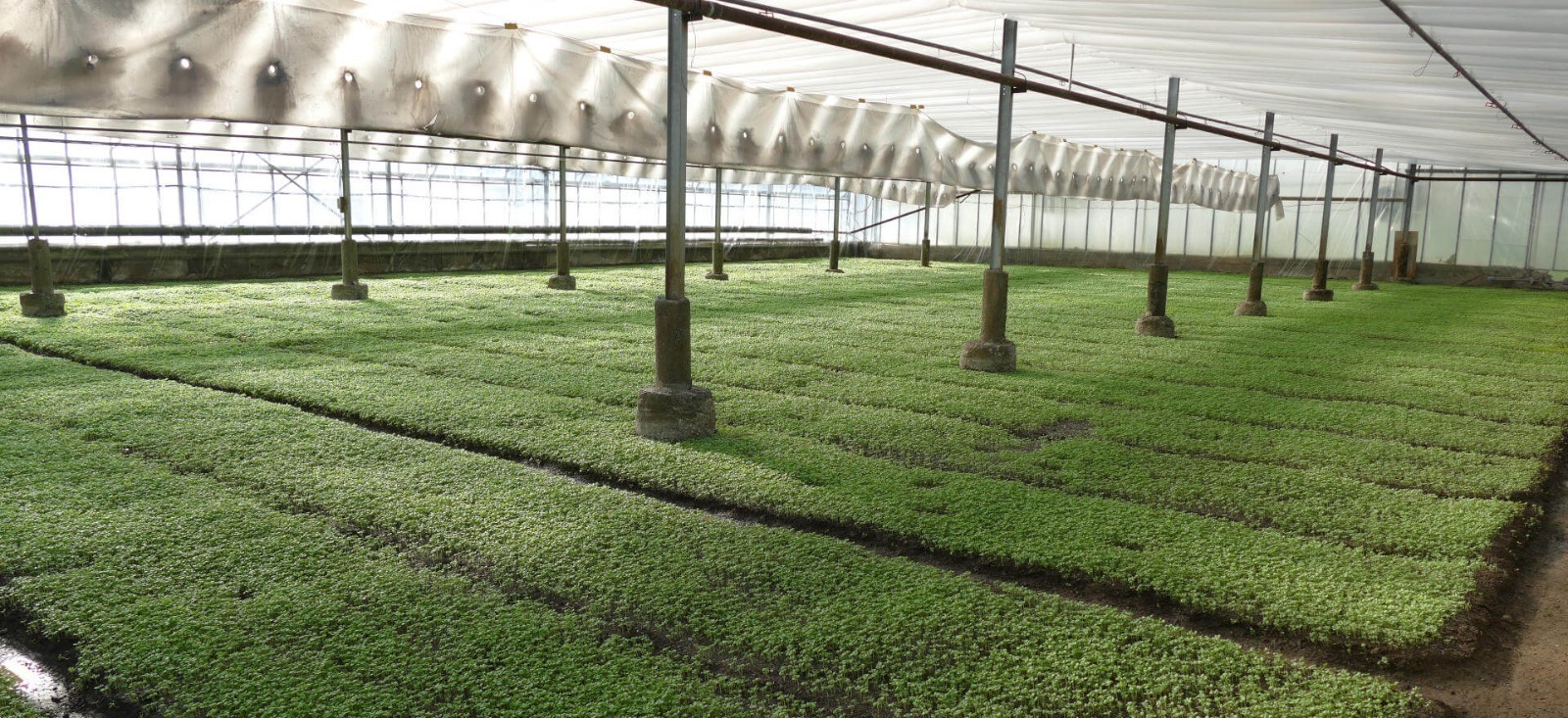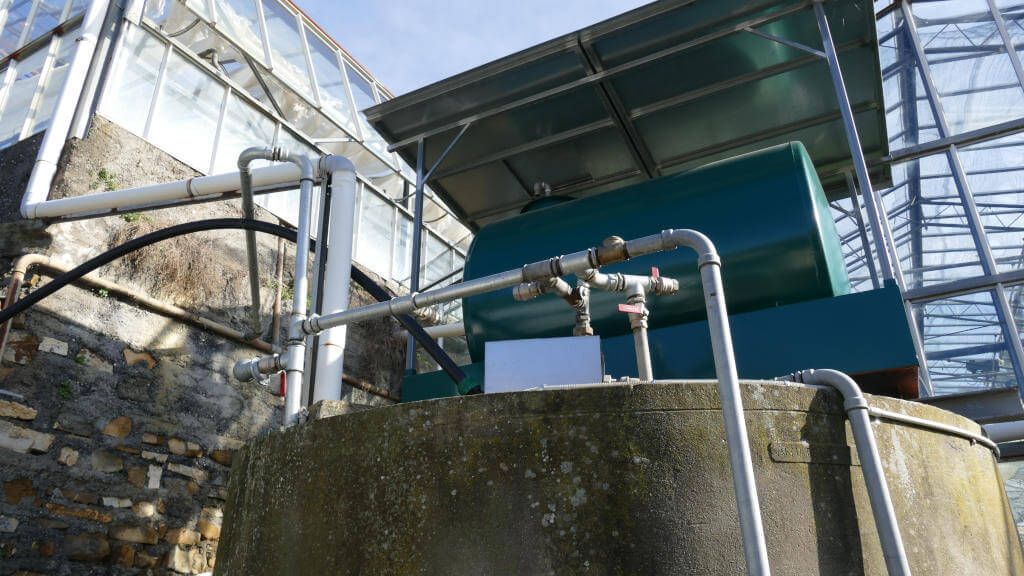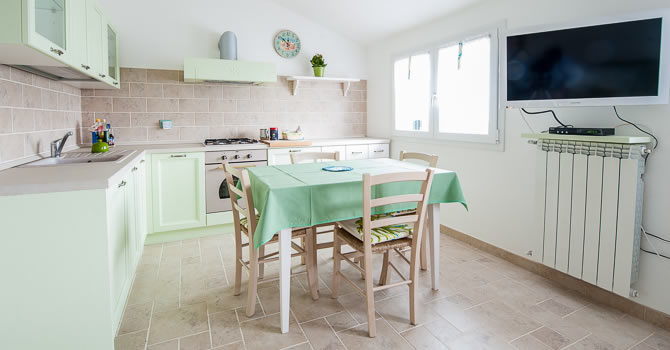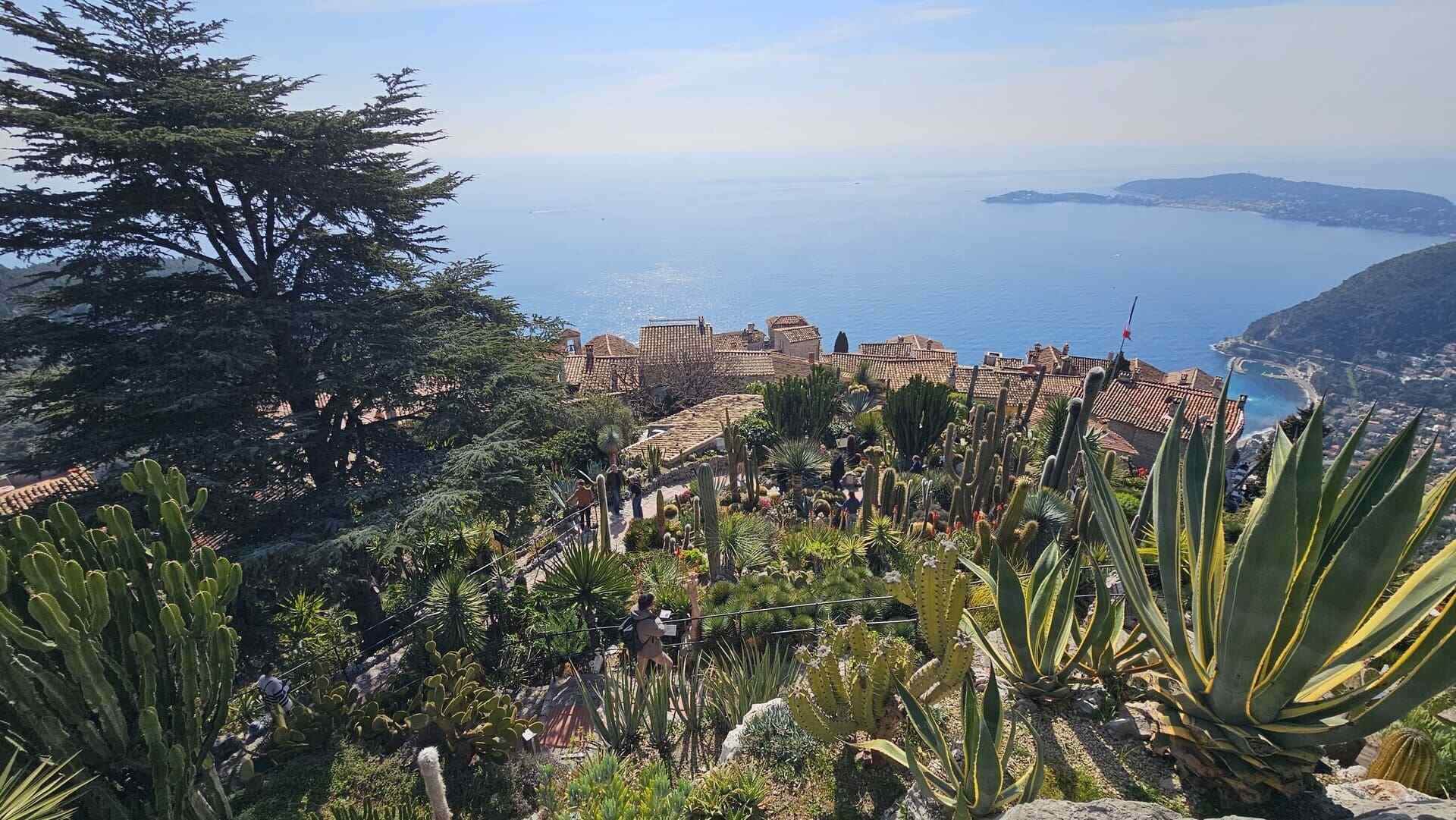
Agricultural production
Genoese Basil PDO: a Ligurian excellence
November 09, 2025
We have already told you about our love for basil and how it is grown at the Le Girandole farm.
Today, we want to go into more detail about what distinguishes the product we are so proud of: Genovese Basil PDO.
This aromatic plant with small, fragrant leaves (traditionally grown in the Prà district of Genoa) is now one of the most recognizable symbols of Liguria. But let's take a look at how to recognize and appreciate it at its best.
A trademark to protect Genovese Basil
It may seem like a romantic fantasy, but it's true: the scent of our land gives basil its unique properties. Its connection to the territory therefore goes beyond tradition. Technical studies on the soil have proven that the characteristics of the Ligurian coast play a fundamental role in giving our plant its special aromas and essences. Pesto could only have been born here!
For this reason, the Protected Designation of Origin was necessary. A guarantee of quality and traceability established by Mipaaf (Ministry of Agricultural, Food and Forestry Policies) and the Protection Consortium. These bodies aim to protect and promote the uniqueness of this product, defending consumers from possible fraud.

What is Genovese Basil PDO and what makes it special
The production regulations for our precious plant (specifically the Ocimum Basilicum L. species, from native selections) specify, among other things, its characteristics. These mainly refer to the shape of the plant and its leaves:
-
medium-high plant height
-
medium foliage density
-
elliptical and blistered leaves
-
flat or convex surface
-
intense aroma
-
no mint aroma
The link with Liguria and its unique microclimate
Basilico Genovese DOP is the result of a perfect balance between land, sea, and climate.Liguria, with its well-drained soil, exposure to the sun, and proximity to the sea, creates the ideal conditions for the development of an unmistakable aroma. The sea breeze, rich in salt, contributes to giving the leaves that sweet and delicate note that distinguishes Ligurian basil from all other varieties grown in Italy. It is precisely this microclimate—which combines salty air, mild temperatures, and intense light—that makes Genovese Basil unique and justifies its Protected Designation of Origin.
The distinctive characteristics of the leaves and aroma
At a glance, Genovese Basil PDO can be recognized by its small to medium-sized, thin, pale green leaves, which are very different from the thicker, darker leaves of other varieties.
It has a sweet, harmonious aroma, without any menthol notes, which is a distinctive sign of authenticity according to the regulations. It is precisely this combination of delicacy and intensity that makes it the perfect ingredient for authentic Genovese pesto, enhancing rather than overpowering the other flavors.
History and characteristics of Genovese Basil PDO
There are three essential requirements that define Genovese Basil PDO:
-
geographical delimitation
-
sowing on natural soil
-
traditional cultivation
Historically, basil was introduced to Liguria by the Romans, who attributed healing properties to the plant. From the Genoa area, its cultivation spread throughout the maritime zone of Liguria. The production area of Basilico Genovese PDO is therefore limited to the Tyrrhenian coast. Packaging and all operations prior to transport must also take place here in order to preserve the freshness of the basil, which is otherwise easily perishable.
A combination of environmental and anthropic factors make our plant special.
The former concern the need to rely on natural soil for the cultivation of basil. The regulations do not allow the use of substrates or methyl bromide for soil disinfection. The anthropogenic elements, on the other hand, lie in the cultivation techniques used. These too must comply with traditional methods, which over the years have been shown to contribute to the unmistakable taste of Basilico Genovese DOP.
Greenhouse and open field cultivation
Basilico Genovese PDO can be grown in a protected environment (in greenhouses) or in open fields. In the first case - which is also the case for our farm - cultivation is intended for the fresh market and takes place throughout the year.
However, this type of production is permitted provided that continuous ventilation is guaranteed, so as to replace the total volume of air. The regulations specify that this must occur at least twice between sunset and sunrise, and 20 times between sunrise and sunset.
These conditions, which aim to reproduce the natural ventilation process, exclude "insect-proof" greenhouses, as they would not be able to guarantee the same air exchange.
The cultivation of Genovese Basil PDO for industrial processing takes place in open fields, on large areas and in the middle of summer, precisely because it has to meet a high demand. Sowing is done mechanically at a density of 2-3 grams per square meter (unlike the 10 grams per square meter in greenhouses), and irrigation is also mechanical.

Harvesting and packaging
Basil is harvested by pulling up the roots by hand. The plants are then packaged according to a specific procedure. There are two types of bunches:
-
the small bunch: consisting of 3 to 10 whole plants complete with roots
-
the large bunch: known as a bouquet, consisting of 10 small bunches
What matters is not the weight but the quantity of plants. These are then wrapped in special food-grade paper to prevent premature dehydration. These packages must bear the mark with the words: Basilico Genovese DoP, so that the product is immediately recognizable.
Our basil is supplied to local businesses (and beyond) – such as restaurants and artisan pesto producers – and sold directly on the farm, where visitors can purchase freshly picked bunches, taking home with them the authentic scent of Liguria.

The Basilico Genovese DOP logo
The logo of our basil consists of a green circle with the words "Basilico Genovese DOP" in blue on a white background.
In the center of this circle is the acronym D.O.P. (in blue on a yellow background). Further down, crossing the circle and partially extending beyond the edge, is a stylized image of Liguria (in blue on a white background). The logo is completed by a small basil plant.
The colors used are obviously not random and refer to specific elements.
These are:
-
Yellow: the color of the sun, the source of life for basil and all crops
-
Blue: symbolizes the production area, namely Liguria, which is bathed by the sea
-
Green: the color of basil
As you can imagine, growing Genovese Basil PDO is a complex task that involves many sacrifices. For us, it is the most beautiful thing there is. And we will not stop carrying on with this production with pride and the same passion as always.

How to recognize authentic Genovese PDO basil
Distinguishing Genovese Basil PDO from other varieties may seem simple, but there are some key details to look out for to ensure you are buying the authentic product. Here is a brief practical guide to recognizing it immediately.
The official logo and PDO label
The first thing to check is always the packaging. Each bunch or tray of Genovese Basil PDO must bear the official logo of the designation, with the words"Basilico Genovese PDO" clearly visible.
The mark certifies that the basil has been grown, harvested, and packaged entirely in Liguria, according to the specifications approved by the European Union. If the logo is missing or generic, it is likely to be another variety, perhaps grown elsewhere.
Differences from other varieties of basil
Unlike many other types common in Italy, such as Neapolitan or Tuscan basil, Basilico Genovese DOP has smaller, thinner leaves, a light, uniform green color, and a sweet, delicate flavor.
Other varieties may have darker shades, thicker leaves, or an aroma that tends towards mint or lemon. These differences, although minimal, become apparent when preparing pesto: only Genovese basil retains its fresh, balanced aroma without overpowering the other ingredients.
Aroma, color, and shape: clues to help you choose the right one
The aroma is the most immediate distinguishing feature: Genovese Basil PDO releases a sweet, harmonious fragrance without any menthol notes.
The leaves are elliptical and slightly blistered, the surface appears smooth or slightly convex, and the petiole is thin. When it is really fresh, the color tends to be bright green and the texture is soft but firm. If you notice thick, dark leaves or a pungent smell, it is probably not PDO basil.
Sustainability and respect for Ligurian tradition in our company
Growing Genovese Basil PDO means carrying on a tradition deeply linked to the land and culture of Liguria. On our farm, this commitment translates into daily care for the environment and the people who live there.
We follow cultivation methods that respect the natural rhythms of the plant and the fertility of the soil, avoiding water waste and favoring sustainable practices. Each bunch of basil is the result of careful work, where manual skills and experience handed down over time remain central elements that cannot be replaced by technology alone.
Choosing Genovese Basil PDO grown in Liguria means supporting a local economy that values quality, seasonality, and the identity of the territory. It is a concrete way to preserve ancient knowledge, which continues to live on in the fields and in the hands of those who keep the Ligurian tradition alive every day.
Basilico Genovese DOP is one of the symbols of our land, Liguria. At our farm in Diano Marina, we grow it using natural methods, with the same respect for tradition that has always accompanied this extraordinary product. Would you like to find out how it is grown? Come and visit us or find out more about our basil production in Diano Marina.
Listen to all podcasts published on our official channels:






